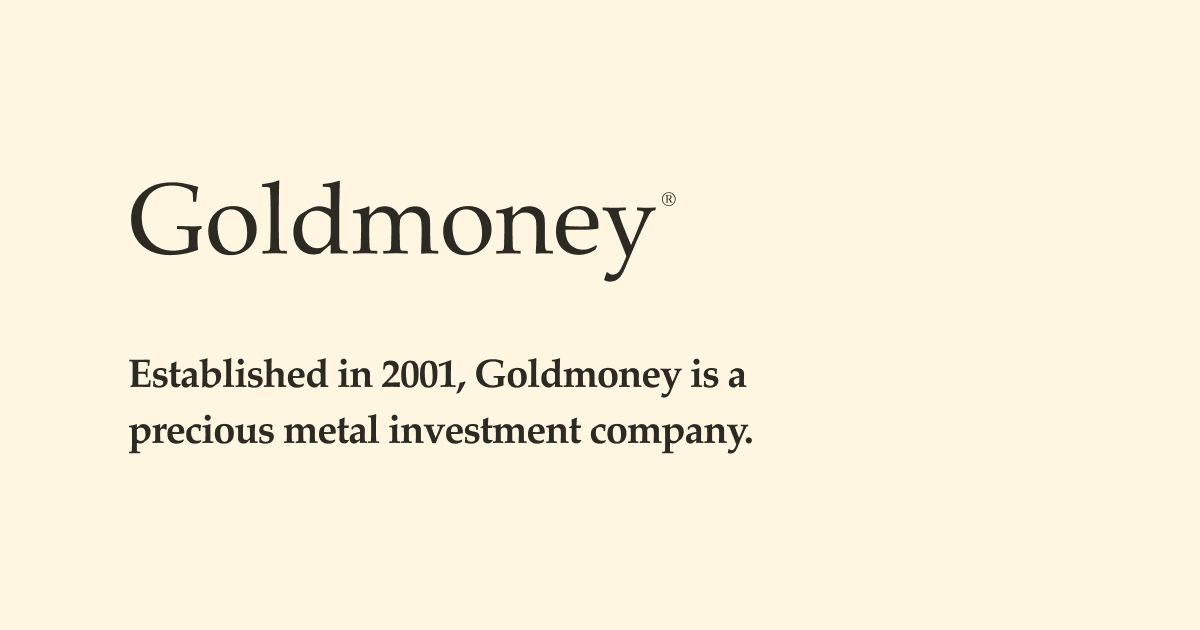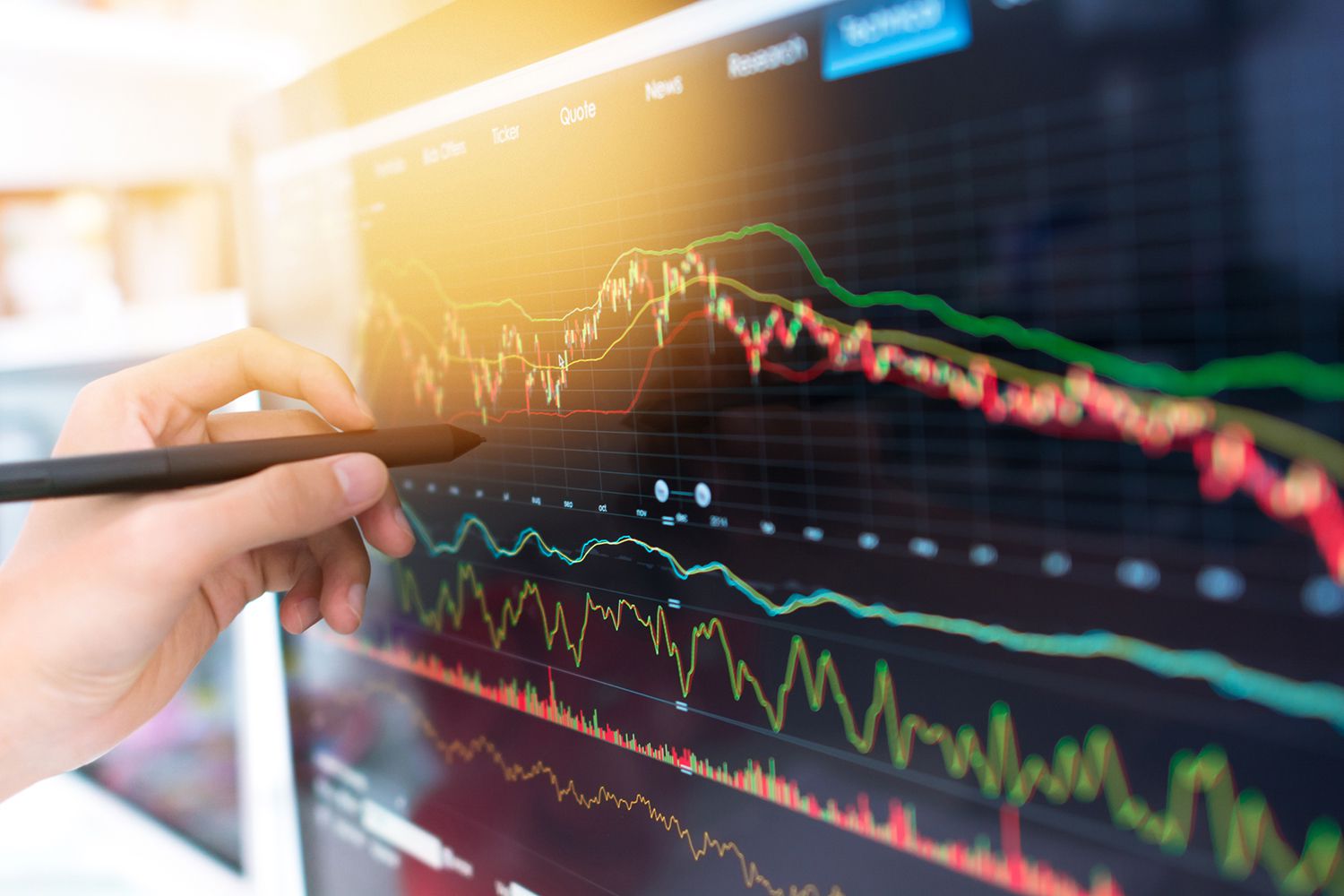Install the app
How to install the app on iOS
Follow along with the video below to see how to install our site as a web app on your home screen.
Note: This feature may not be available in some browsers.
You are using an out of date browser. It may not display this or other websites correctly.
You should upgrade or use an alternative browser.
You should upgrade or use an alternative browser.
Taloustieteellinen keskustelu
- Viestiketjun aloittaja Mustaruuti
- Aloitus PVM

Koronasta elpyminen kestää kahdesta kolmeen vuotta, arvioi Finnair – Nykyisen kokoisena yhtiö ei voi odottaa niin pitkään
Lentoytiön kassassa on rahaa ja iso osa hätärahoituksesta on vielä käyttämättä. Silti edessä on varmuudella ikäviä päätöksiä.suomenkuvalehti.fi
Finnairin valtti olisi lisätä rahtia Aasiaan ja takaisin, sillä se voi kitkutella historian suurimman romahduksen yli.
Finnairin valtti olisi lisätä rahtia Aasiaan ja takaisin, sillä se voi kitkutella historian suurimman romahduksen yli.
Lentoajat Helsingistä Japaniin ja Kiinaan ovat sen verran lyhyempiä mitä muualta Euroopan logistiikkasolmuista, että parhaimmillaan Finnair saa saman koneen seuraavana päivänä samalle reitille. Lontoosta, Pariisista, Frankfurtista tämä ei onnistu. Aasian liikenteessä se pärjää, joka eniten pystyy tuohon ja siinä Helsingin kentällä ja Finnairilla on ollut etu.
Oletko katsonut, minkälaiset ovet Finnairin koneissa on? Ne ovat Airbusin toimittamia matkustajaversioita, joiden lastausovet ja mekanismi ei sovellu siihen, että koko kone saadaan ahdattua täyteen. Käytännössä Finnairin koneita rahtiliikenteessä joudutaan lentämään vajaalla kapasiteetilla tai lastausaika on niin pitkä, että 24h edestakaiseen reittiin tulee reippaasti täyteen. Puhumattakaan lastauskuluista. Ei ole kannattavaa kilpailua Lufthansaa, UPS:ää, Fedex:iä, DHL:ää ja muita vastaan.
Finnair myi varsinaisen rahtiliikenteensä ja kalustonsa vuosia sitten, siihen ei ole paluuta.
Simpauttaja
Viimeksi muokattu:

China and Russia ditch dollar in move toward 'financial alliance'
Greenback's share of neighbors' trade falls below 50% for first time
Conclusion
We appear to be witnessing the early stages of a breakdown in the paper gold markets on Comex and in London, brought forward by central banks committed to accelerating their inflationary policies in an act of macroeconomic desperation to save their government finances and their economies. The method employed is a dead ringer for an earlier experiment in France exactly three hundred years ago when John Law’s Mississippi bubble imploded, destroying his currency, the livre.
If you bind the fate of financial assets to that of your fiat currency, as John Law did, and which is now the policy of the Federal Reserve, when the bubble pops the currency goes pop as well. This outcome is so obvious that the smart money is now getting out of fiat and into physical gold and silver, as witnessed through deliveries on Comex active contract expiries and the disappearance of all physical liquidity in London.
This being the case, a gathering stampede out of paper currencies and derivative contracts into physical bullion has just started. Unless it is somehow stopped, it will destroy paper markets and with them the banks that have benefitted from them over the last forty years. The acceleration in the destruction of fiat money will gather pace in the next few months,
and anyone who spouts macroeconomic nonsense instead of acting in the face of these developments will end up with nothing.

 www.goldmoney.com
www.goldmoney.com
We appear to be witnessing the early stages of a breakdown in the paper gold markets on Comex and in London, brought forward by central banks committed to accelerating their inflationary policies in an act of macroeconomic desperation to save their government finances and their economies. The method employed is a dead ringer for an earlier experiment in France exactly three hundred years ago when John Law’s Mississippi bubble imploded, destroying his currency, the livre.
If you bind the fate of financial assets to that of your fiat currency, as John Law did, and which is now the policy of the Federal Reserve, when the bubble pops the currency goes pop as well. This outcome is so obvious that the smart money is now getting out of fiat and into physical gold and silver, as witnessed through deliveries on Comex active contract expiries and the disappearance of all physical liquidity in London.
This being the case, a gathering stampede out of paper currencies and derivative contracts into physical bullion has just started. Unless it is somehow stopped, it will destroy paper markets and with them the banks that have benefitted from them over the last forty years. The acceleration in the destruction of fiat money will gather pace in the next few months,
and anyone who spouts macroeconomic nonsense instead of acting in the face of these developments will end up with nothing.

Gold at $2k+. So why the fuss? - Research - Goldmoney
There appears to be no way out for the bullion banks deteriorating $53bn short gold futures positions ($38bn net) on Comex. An earlier attempt between January and March to regain control over paper gold markets has backfired on the bullion banks. Unallocated gold account holders with...
Maanantain jälkeen en omista muita osakkeita kuin jalometallikaivoksia (Suomi ja Kanada koska muualla niitäkin korkeampi riski kansallistamisesta) joilla on jo tuotantoa tai tuotanto juuri alkamassa (suurempi riski näissä) ja vanhan eläkevakuutuksen kautta Fortum, Neste, Metso-Outotec ja Wärtsilä.
Fyysistä kultaa ja hopeaa ei ehkä kohta saa juuri mistään, niitä olisi kuitenkin hyvä olla.
Fyysistä kultaa ja hopeaa ei ehkä kohta saa juuri mistään, niitä olisi kuitenkin hyvä olla.
Edellä olevan perusteella ja eduskunnan työjärjestyksen 27 §:ään viitaten esitän asianomaisen ministerin vastattavaksi seuraavan kysymyksen:
Onko Suomen Pankin kultavarantoja tällä hetkellä tosiasiallisesti leasing-toiminnan piirissä, rahamarkkinatalletusten kaltaisina vakuudettomina kultatalletuksina, kullan koronvaihtosopimuksina tai vastaavina ja mihin toimenpiteisiin hallitus ryhtyy kultavarantojen turvallisuuden varmistamiseksi kyseisten sopimuksellisten riskien varalta?
Helsingissä 23.4.2020
Sakari Puisto ps
Viimeksi muokattu:
miheikki
Greatest Leader
Findikaattori
https://findikaattori.fi/fi/48?fbclid=IwAR1Z8PLLdISaoL52dlGCd1klUopL5bkEBdwUtwWa9ohr_kE4jSkuSzDoERo4rti5 muuiSnposnlsonrestd ·
Teollisuustuotanto laski kesäkuussa sekä edellisestä kuukaudesta että vuodentakaisesta https://findikaattori.fi/fi/48

 Saas nähdä saako "maailmankauppa irti dollarikannasta" -liike tuulta purjeisiinsa.
Saas nähdä saako "maailmankauppa irti dollarikannasta" -liike tuulta purjeisiinsa.Saas nähdä saako "maailmankauppa irti dollarikannasta" -liike tuulta purjeisiinsa.
Gyllis1
Respected Leader
Puhelin ja tietokone kiinni muutamaksi päiväksi, siinä hyvä alku.Minulla on suuria vaikeuksia nukkua, kriisitietoisuus vie unet.

Puhelin ja tietokone kiinni muutamaksi päiväksi, siinä hyvä alku.
Totta, tuohon voisi tarttua kun melkein kaikki liikkeet omaisuuden suojaamiseksi on tehty mitä voin, yksi kauppa on vielä kesken.
Understanding a Crack-Up Boom
The crack-up boom develops out the same process of credit expansion and resulting distortion of the economy the occurs during the normal boom phase of Austrian business cycle theory. In the crack-up boom, the central bank attempts to sustain the boom indefinitely without regard to consequences, such as inflation and asset price bubbles. The problem comes when the government continuously pours more and more money, injecting it into the economy to give it a short-term boost, which eventually triggers a fundamental breakdown in the economy. In their efforts to prevent any downturn in the economy, monetary authorities continue to expand the supply of money and credit at an accelerating pace and avoid turning off the taps of money supply until it is too late.
In Austrian business cycle theory, in the normal course of an economic boom driven by the expansion of money and credit the structure of the economy becomes distorted in ways that eventually result in shortages of various commodities and types of labor, which then lead to increasing consumer price inflation. The rising prices and limited availability of necessary inputs and labor puts pressure on businesses and causes a rash of failures of various investment projects and business bankruptcies. In ABCT this is known as the real resource crunch, which triggers the turning point in the economy from boom to bust.
As this crisis point approaches, the central bank has a choice: either to accelerate the expansion of the money supply in order to try to help businesses pay for the increasing prices and wages they are faced with and delay the recession, or to refrain from doing so at the risk of allowing some businesses to fail, asset prices to fall, and disinflation (and possibly a recession or depression) to occur. The crack-up boom occurs when central banks chooses, and sticks with, the first option. Economist Friedrich Hayek famously described this situation as like grabbing a "tiger by the tail"; once the central bank decides to accelerate the process of credit expansion and inflation in order to head off any recession risk, then it continually faces the same choice of either accelerating the process further or facing an ever greater risk of recession as distortions build in the real economy.
As part of this process, consumer prices rise at an accelerating rate. Based on current price increases and market participants understanding of central bank policy, consumer expectations of future inflation also rise. These create a positive feedback that leads to accelerating price inflation that can far outstrip the rate of central bank money expansion and become what is then known as hyperinflation. With each subsequent round of credit expansion and price increases, people can no longer afford the high prices, so the central bank must expand even more to accommodate these prices, which pushes the prices even higher. Instead of rising a few percent every year, consumer prices can rise by 10%, 50%, 100%, or more in a matter of weeks or days. The value of the currency depreciates drastically, and the financial system faces extreme stress.
The "crack-up" part of the crack-up boom occurs as money in the economy begins to lose its economic function as money. Price inflation accelerates to the point that the money fails to fulfill its economic function and people abandon it in favor of barter or other forms of money. Under normal circumstances, money functions as a generally accepted medium of exchange, a unit of account, a store of value, and a standard of deferred payment. Hyperinflation undermines all of these functions, and as market participants stop using and accepting the money, the system of indirect exchange based on the use of money that makes up a modern economy "cracks-up." At this point, further expansion of the supply of money and credit by the central bank, no matter how rapid, has no effect as economic stimulus or staves off recession. The economy turns the corner into recession despite the central bank's intention as the monetary system simultaneously breaks down completely, compounding the economic crisis.

 www.investopedia.com
www.investopedia.com
The crack-up boom develops out the same process of credit expansion and resulting distortion of the economy the occurs during the normal boom phase of Austrian business cycle theory. In the crack-up boom, the central bank attempts to sustain the boom indefinitely without regard to consequences, such as inflation and asset price bubbles. The problem comes when the government continuously pours more and more money, injecting it into the economy to give it a short-term boost, which eventually triggers a fundamental breakdown in the economy. In their efforts to prevent any downturn in the economy, monetary authorities continue to expand the supply of money and credit at an accelerating pace and avoid turning off the taps of money supply until it is too late.
In Austrian business cycle theory, in the normal course of an economic boom driven by the expansion of money and credit the structure of the economy becomes distorted in ways that eventually result in shortages of various commodities and types of labor, which then lead to increasing consumer price inflation. The rising prices and limited availability of necessary inputs and labor puts pressure on businesses and causes a rash of failures of various investment projects and business bankruptcies. In ABCT this is known as the real resource crunch, which triggers the turning point in the economy from boom to bust.
As this crisis point approaches, the central bank has a choice: either to accelerate the expansion of the money supply in order to try to help businesses pay for the increasing prices and wages they are faced with and delay the recession, or to refrain from doing so at the risk of allowing some businesses to fail, asset prices to fall, and disinflation (and possibly a recession or depression) to occur. The crack-up boom occurs when central banks chooses, and sticks with, the first option. Economist Friedrich Hayek famously described this situation as like grabbing a "tiger by the tail"; once the central bank decides to accelerate the process of credit expansion and inflation in order to head off any recession risk, then it continually faces the same choice of either accelerating the process further or facing an ever greater risk of recession as distortions build in the real economy.
As part of this process, consumer prices rise at an accelerating rate. Based on current price increases and market participants understanding of central bank policy, consumer expectations of future inflation also rise. These create a positive feedback that leads to accelerating price inflation that can far outstrip the rate of central bank money expansion and become what is then known as hyperinflation. With each subsequent round of credit expansion and price increases, people can no longer afford the high prices, so the central bank must expand even more to accommodate these prices, which pushes the prices even higher. Instead of rising a few percent every year, consumer prices can rise by 10%, 50%, 100%, or more in a matter of weeks or days. The value of the currency depreciates drastically, and the financial system faces extreme stress.
The "crack-up" part of the crack-up boom occurs as money in the economy begins to lose its economic function as money. Price inflation accelerates to the point that the money fails to fulfill its economic function and people abandon it in favor of barter or other forms of money. Under normal circumstances, money functions as a generally accepted medium of exchange, a unit of account, a store of value, and a standard of deferred payment. Hyperinflation undermines all of these functions, and as market participants stop using and accepting the money, the system of indirect exchange based on the use of money that makes up a modern economy "cracks-up." At this point, further expansion of the supply of money and credit by the central bank, no matter how rapid, has no effect as economic stimulus or staves off recession. The economy turns the corner into recession despite the central bank's intention as the monetary system simultaneously breaks down completely, compounding the economic crisis.

Crack-Up Boom Definition
A crack-up boom is the crash of the credit and monetary system due to continual credit expansion and price increases that cannot be sustained long-term.

